Dogon tribal statues may have community significance when they mark events such as the founding of a village. They are sometimes considered embodiments of the nyama of the ancestors and are placed on ancestor altars to participate in seasonal rituals such as sowing and harvesting. Although their exact function remains unclear, figures with raised arms often symbolize prayers to Amma for life-sustaining rain or to express remorse after a violation of the law resulting in drought. The southern region of the Bandiagara plateau was originally inhabited by the Tellem and Niongom since the 10th century, but the Dogon moved them in the 15th century to escape the Mandé. The Tellem became the ancestors of the Kurumba in Burkina Faso. Dogon statuary shows similarities with that of the Tellem and Niongom, with reciprocal influences which have developed over the centuries, notably in the common representation of characters with arms raised in a sign of invocation.
Item accompanied by its certificate of authenticity.
PS: what does the certificate of authenticity consist of? https://www.galerie-art-africain.com/faq.aspx?qid=8
PLEASE NOTE THE PRICE OF TRANSPORT INCLUDES LOSS, THEFT, BROKENAGE INSURANCE.







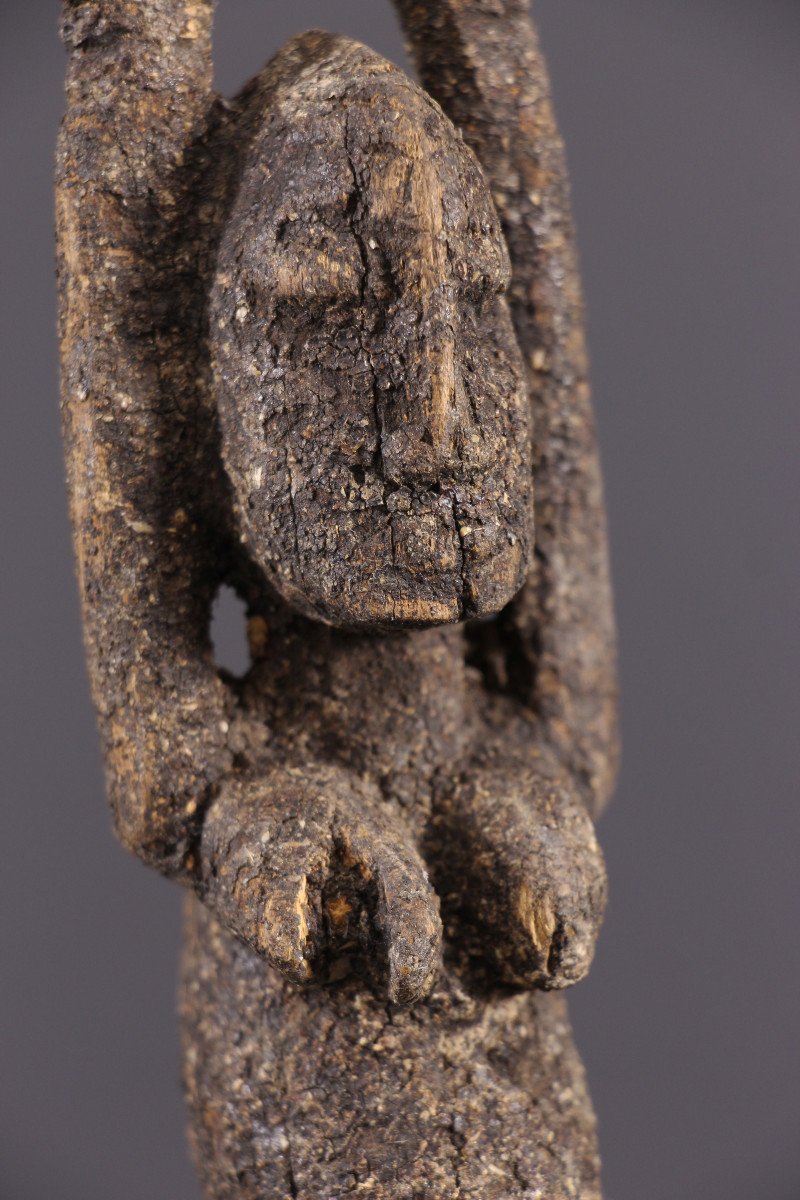
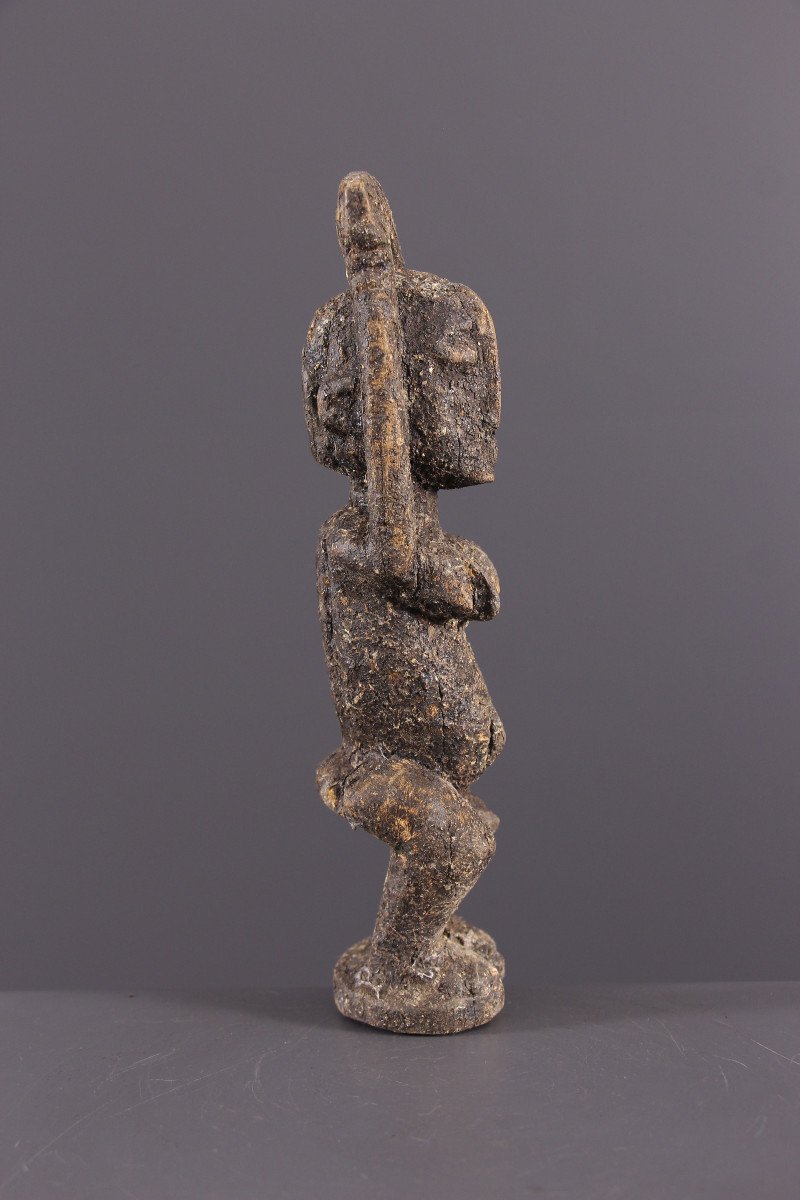
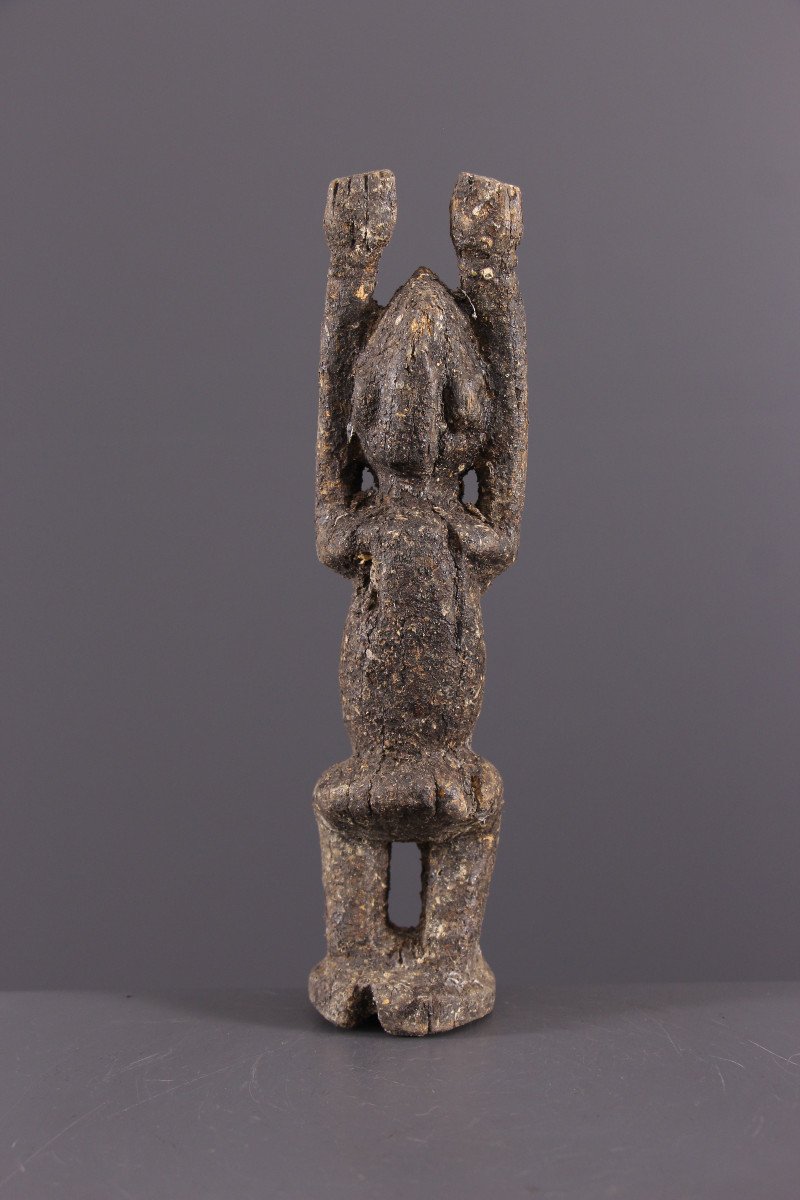

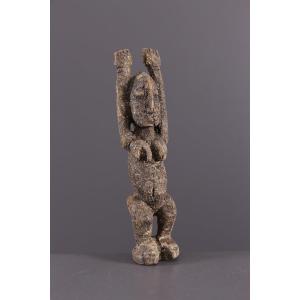











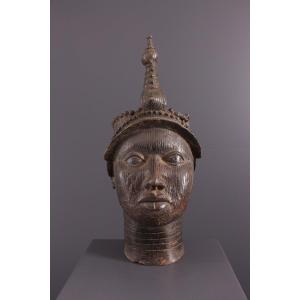
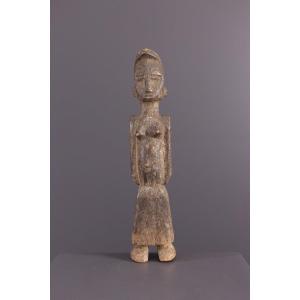





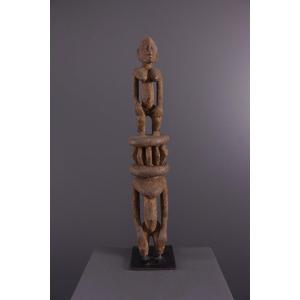





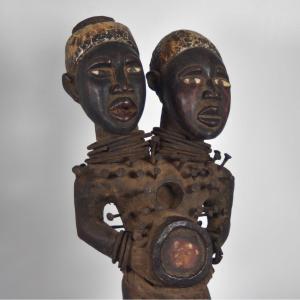







 Le Magazine de PROANTIC
Le Magazine de PROANTIC TRÉSORS Magazine
TRÉSORS Magazine Rivista Artiquariato
Rivista Artiquariato